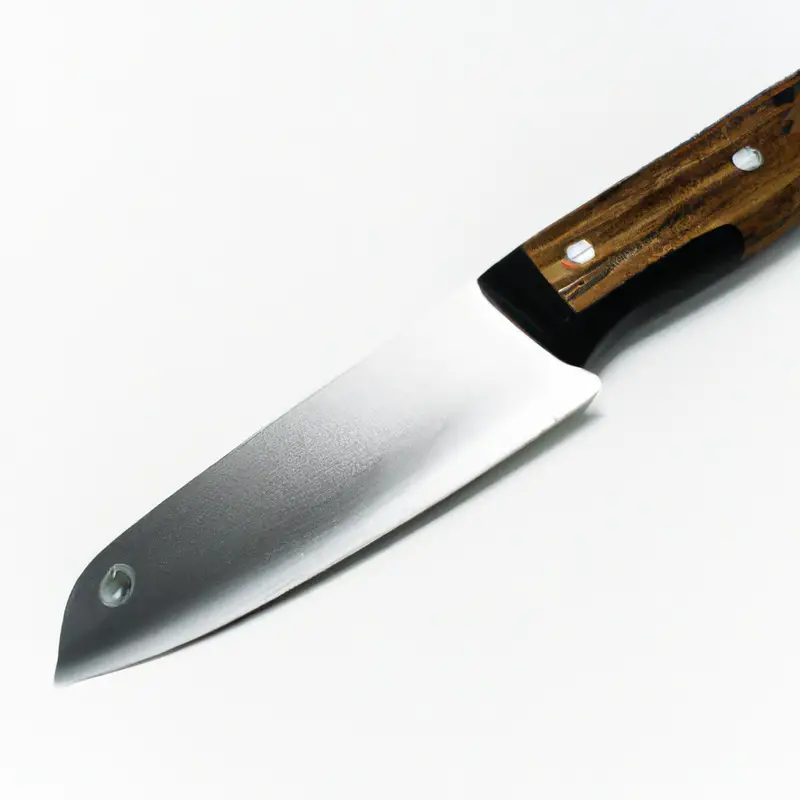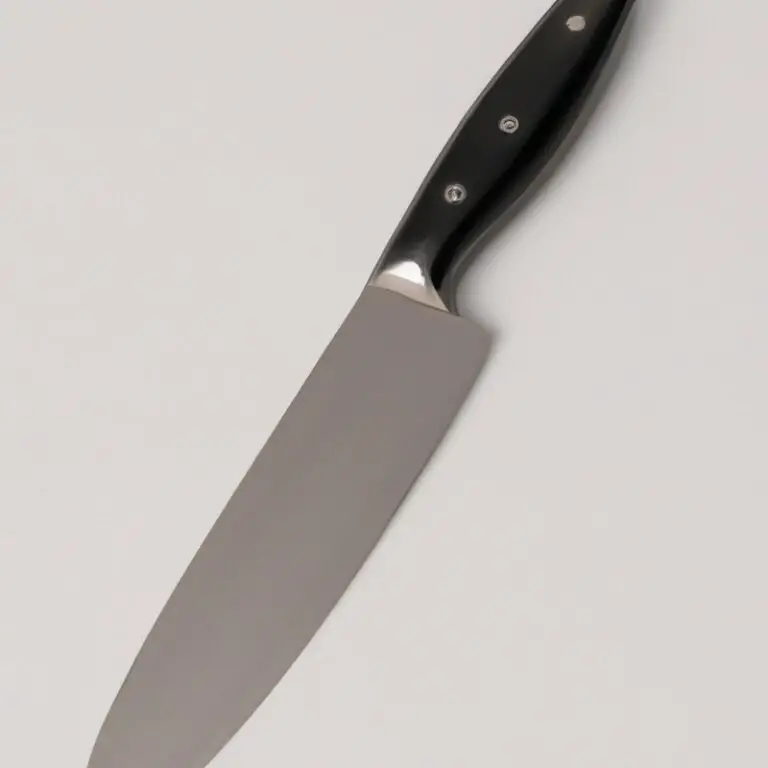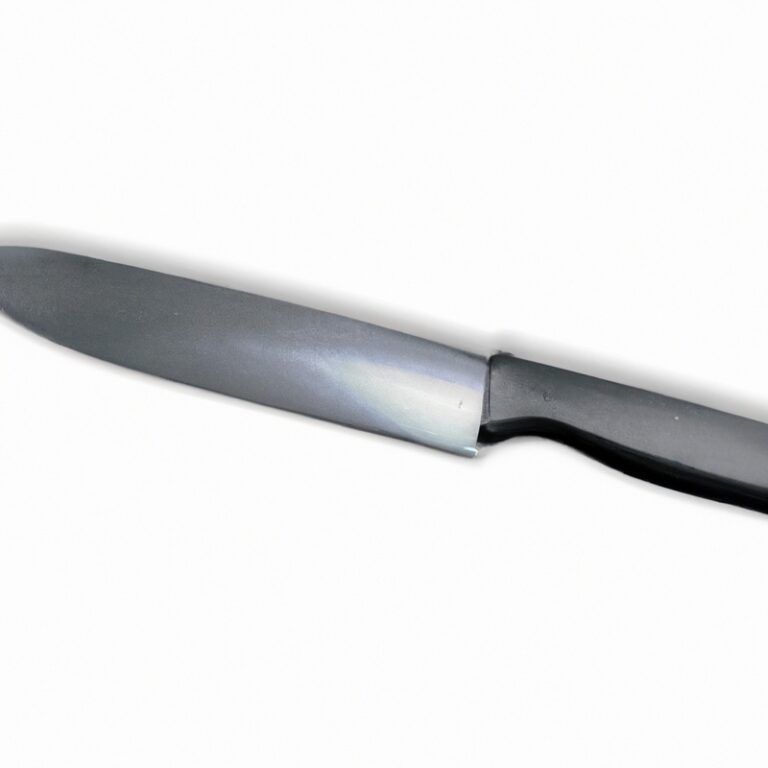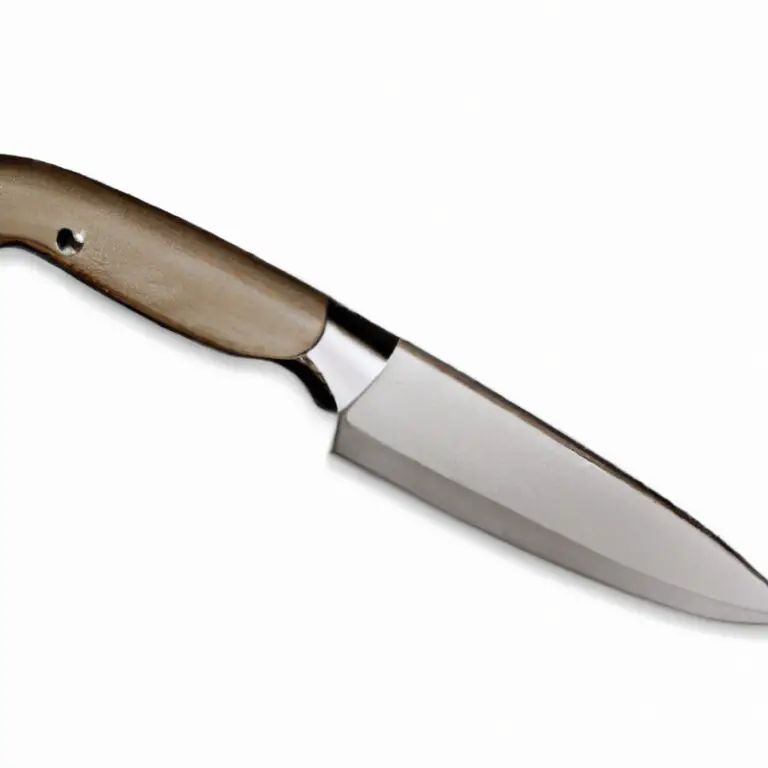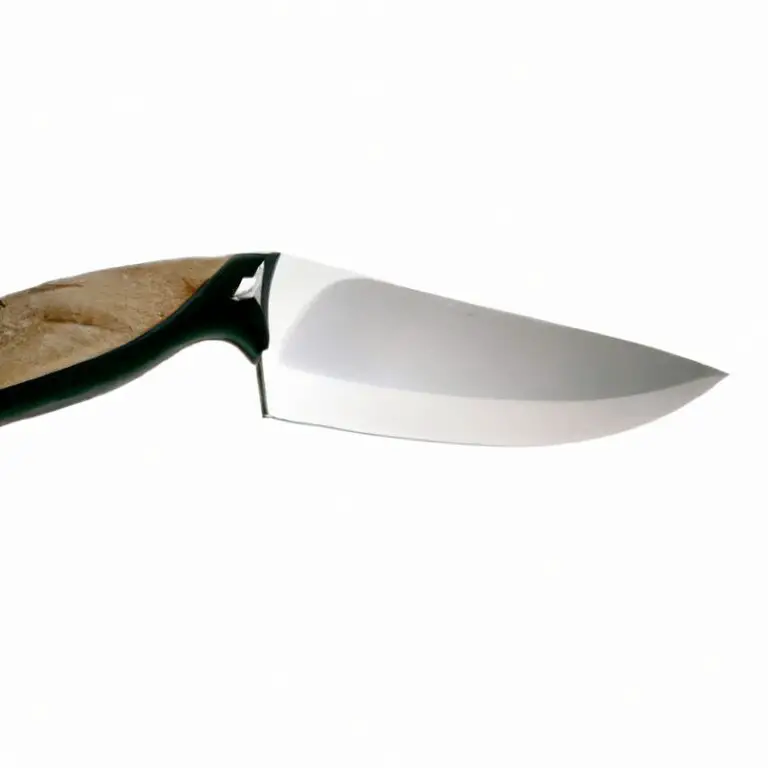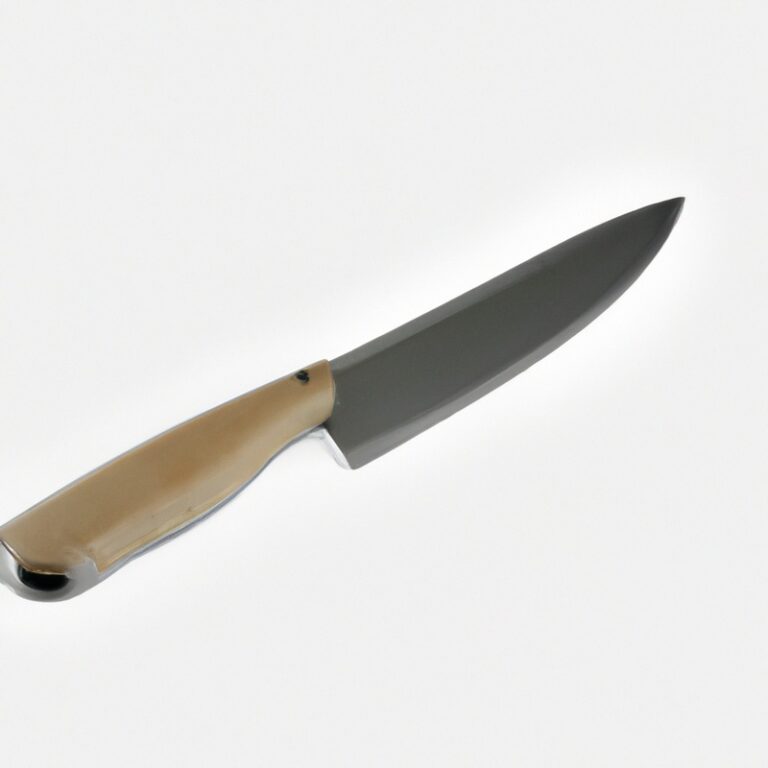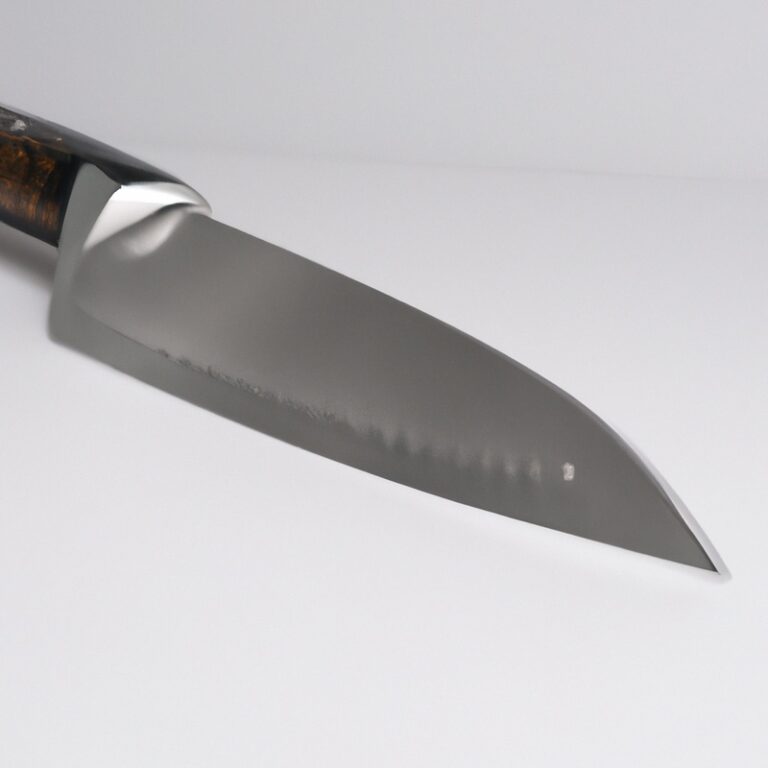How To Fillet a Snook Using a Fillet Knife? Expert Tips!
Key Takeaways:
- Use a high-quality fillet knife with a flexible and narrow blade to ensure precision and control during the filleting process.
- Start by making a shallow cut along the fish’s spine, then use the fillet knife to carefully slice along the ribs to separate the meat from the bones.
- Keep the fillet knife close to the skin to remove as much meat as possible, but be careful not to cut through the skin or leave any bones behind.
- With practice and patience, filleting a snook using a fillet knife can become a quick and easy process, resulting in delicious and perfectly filleted fish.
Are you a fan of fresh seafood and want to learn how to fillet a snook? Look no further! As a seasoned fisherman and expert in filleting, I am here to guide you through the step-by-step process of filleting a snook using a fillet knife.
From selecting the right knife to preparing the snook for filleting, and removing the skin and pin bones, I have got you covered.
With this guide, you will not only learn how to fillet a snook like a pro but also how to maintain your fillet knife and cook your delicious snook fillets. Let’s dive in!
| Materials | Steps |
|---|---|
| Fillet knife | 1. Start by inserting the blade of the fillet knife at the back of the head and cut through the spine down to the tail. |
| Cutting board | 2. Turn the fish over and repeat on the other side. |
| Bowl for scrap parts | 3. Once you have removed the fillets, scrape the remaining meat off the bone. |
| Bowl of water | 4. Rinse the fillets in cold water and pat dry with a paper towel. |
| Seasoning of choice | 5. Season with salt, pepper, and any other seasonings to taste. |
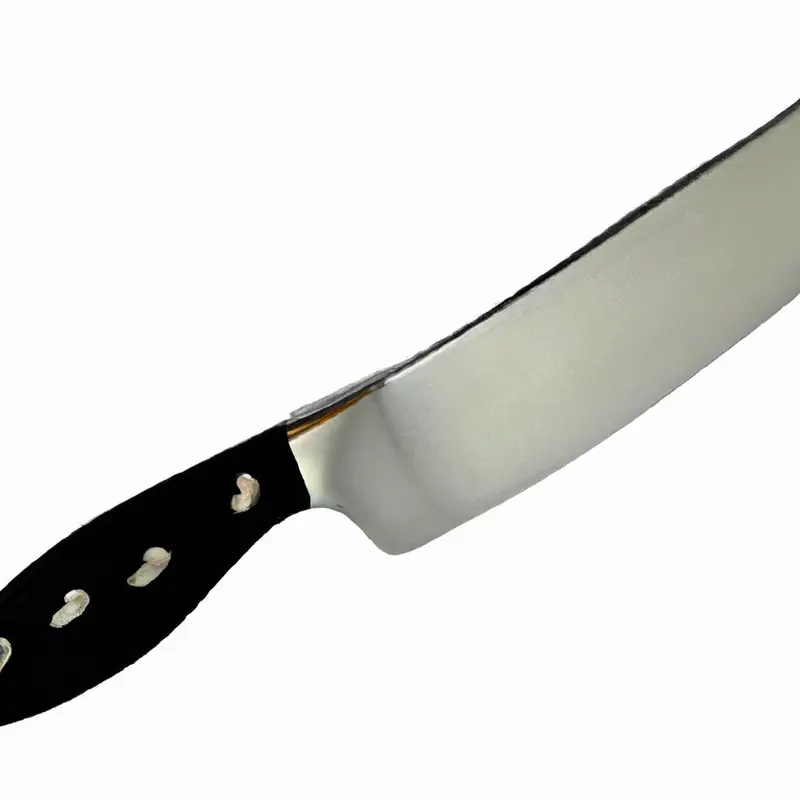
Why choose a fillet knife for snook?
Choosing a fillet knife for snook is essential to get the best result while filleting. A fillet knife has a long, thin, and flexible blade that can easily cut through the snook’s meat and skin without damaging the flesh.
The blade’s flexibility allows the user to follow the fish’s contour, removing the flesh from the bones more efficiently.
Using a regular kitchen knife or a non-fillet knife may lead to wasted meat, jagged cuts, and ultimately a poor filleting job. Therefore, it is highly recommended to choose a fillet knife specifically designed for the task to achieve a clean and effortless fillet.
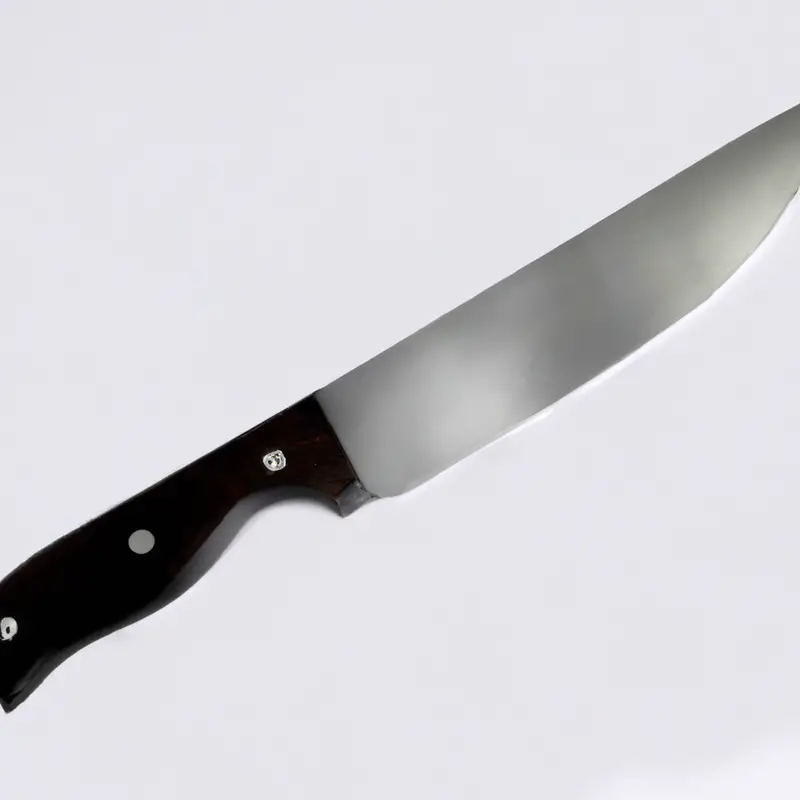
Understanding the anatomy of a snook
To properly fillet a snook, it is essential to have a clear understanding of its anatomy. Snooks have a slender and cylindrical body that is covered in thick and tough scales.
They have a highly compressed head with a prominent underbite and a large mouth filled with sharp teeth.
Snooks also have a distinct lateral line running down their sides, which helps them sense prey in the water. Understanding the location of the lateral line is crucial when filleting, as it helps remove any small bones left behind.
Moreover, they have a central backbone, and the flesh is separated into two fillets along the ribcage and around the central bones.
Being aware of the location of the bones in the snook is essential to ensure that the fillets come out clean and without any small bones. Overall, understanding and recognizing the anatomy of the snook is a crucial step in successfully filleting it.
Selecting the right fillet knife for snook
When selecting a fillet knife for snook, look for a thin, flexible blade that is between 6 to 10 inches long. The blade should be made of high-quality stainless steel, making it resistant to rust and corrosion.
The handle should provide a comfortable grip and allow for a secure hold even when wet.
Additionally, consider the brand’s reputation, as trusted brands often provide better quality blades. A good fillet knife will make the filleting process easier, allowing for cleaner cuts and minimal waste.
Preparing the snook for filleting
Before you can begin filleting a snook, you must first prepare it properly. Start by cleaning the fish, removing any scales, and rinsing it thoroughly under cold water.
Next, make an incision behind the gills and cut down to the backbone, then repeat on the other side.
Turn the fish over and make a cut along the spine, connecting the previous cuts. Use your fillet knife to separate the head from the body, and then remove the guts and internal organs.
Rinse the fish once more and pat dry with a paper towel.
Your snook is now ready to be filleted.
Correcting the grip and posture for filleting
Correct grip and posture are essential for filleting fish, including snook. A proper grip ensures a secure hold on the knife, providing control while filleting.
The correct posture helps avoid fatigue and stress on the back and shoulders.
To avoid injuries while filleting, place your non-dominant hand on top of the fish’s head and use it to guide the knife blade. Tuck your elbow into your side to stabilize the blade.
Position your dominant hand on the grip, extending your index finger and thumb for more control.
Keep your back straight, and avoid bending over the cutting board. To fillet the snook, start at the tail, making an incision behind the gills down to the spine.
Use the knife edge to follow along the spine with the blade facing towards the head.
Cut along the ribcage while gently pulling the fillet with your non-dominant hand. Flip the snook over and repeat the process to remove the other fillet.
Remember to take breaks as needed, stretch your back and shoulders, and reposition your cutting board and fish to minimize fatigue.
Correcting the grip and posture for filleting may take some practice, but it is worth the effort to ensure a better filleting experience.
Filleting the snook step-by-step
- Firstly, place the snook on a flat surface with its belly facing upward.
- With the tip of the fillet knife, make an incision at the base of the snook’s head, just behind the gills.
- Run the knife along the backbone, starting from the incision and towards the tail.
- Using a gentle sawing motion, separate the first fillet from the backbone, keeping the blade close to the bones.
- Turn the fish over and repeat the process on the other side.
- Once both fillets have been removed, remove the skin from each piece.
- Carefully remove any remaining pin bones with a pair of pliers or fish bone tweezers.
- Rinse the fillets in cold water to remove any debris or scales.
- Pat the fillets dry with a paper towel and store them in a plastic bag or container in the refrigerator or freezer.
- When handling the fillet knife, always keep your fingers away from the cutting edge and maintain a firm grip.
Removing the skin and pin bones
Removing the skin and pin bones is the final step in filleting a snook. To remove the skin, place the fillet skin-side down on a cutting board and make a small cut at the tail end of the fillet.
Use a paper towel to grip the skin firmly and cut along the length of the fillet with a back-and-forth motion of the blade, keeping it as close to the skin as possible.
Repeat the same process for the other fillet. To remove the pin bones, run your fingers lightly over the fillet to locate any bones.
Use a pair of pliers or tweezers to grab the end of a bone and gently pull it up and out of the flesh at a slight angle.
Repeat the process for any remaining bones. It is important to remove all the pin bones, as they can be harmful if ingested.
Once you have removed the skin and pin bones, your snook fillets are ready to cook or store.
Cleaning and storing the snook fillets
Once you have filleted the snook, it’s crucial to clean and store the fillets properly to maintain their quality and freshness. Start by rinsing the fillets with cold water to remove any scales, slime, or blood.
Then, use a paper towel to pat them dry.
Next, place the fillets in an airtight container or plastic bag and store them in the refrigerator. The ideal temperature for storing snook fillets is between 32°F to 38°F, and they can last for up to three days.
If you plan on storing the fillets for a longer period, consider freezing them.
Wrap each fillet tightly with plastic wrap and aluminum foil to prevent freezer burn and odor transfer. Label the packages with the date and freeze them at 0°F or below.
Snook fillets can last up to six months in the freezer.
When it’s time to cook the snook fillets, remove them from the refrigerator or freezer and let them thaw in the refrigerator overnight. Avoid thawing snook fillets at room temperature or in warm water, as this can cause bacterial growth and spoilage.
By cleaning and storing your snook fillets properly, you ensure their quality and safety for consumption.
Tips for maintaining your fillet knife
Maintaining your fillet knife is crucial for its longevity and efficiency. Here are some tips to ensure your fillet knife remains in top shape:
- Clean your knife after every use with warm, soapy water and dry it immediately with a clean towel to prevent rusting.
- Sharpen your knife regularly using a sharpening stone or honing rod to maintain its sharpness. A dull knife can lead to injuries and make filleting difficult.
- Store your knife in a sheath or a knife block to prevent it from getting damaged and to keep it safe from children.
- Do not leave your knife in water for an extended period. It can lead to rusting and can damage the blade.
- Do not use harsh chemicals or abrasive materials to clean your knife. It can damage the blade and affect its sharpness.
By following these tips, you can maintain your fillet knife’s quality and prolong its lifespan, ensuring that you can continue filleting your snook with ease.
Cooking and serving suggestions for snook fillets
Snook fillets are versatile and can be prepared in various ways. Grilling, broiling, baking, and pan-frying are popular cooking methods for this fish.
To enhance the flavor, season the fillets with herbs, spices, or a marinade before cooking.
Snook fillets are also excellent when paired with citrus fruits like lemon or lime. When serving snook fillets, consider pairing them with a variety of sides such as roasted vegetables, rice, or a salad.
The mild flavor of snook allows it to complement a wide range of ingredients.
One thing to note, always ensure the fillets are cooked through completely before serving. Experiment with different recipes and cooking techniques to find the perfect preparation method for your palate.
Don’t forget to share with family and friends!
Final Verdict
Filleting a snook can be a daunting task, but with the right tools and techniques, it can be a rewarding experience. By understanding the anatomy of the fish and selecting the appropriate fillet knife, you can easily prepare and fillet a snook.
Remember to maintain a correct grip and posture while filleting and to follow the steps carefully.
Removing the skin and pin bones can take some practice, but with patience, it will become effortless. With proper storage and maintenance, your fillet knife can provide long-lasting and efficient service.
And once your snook fillets are ready, try experimenting with different cooking and serving suggestions to elevate your dish.
By utilizing the steps and tips provided in this article, you can enjoy a delicious and perfectly filleted snook. Trust in your abilities and keep practicing, and soon, filleting a snook will become second nature.

